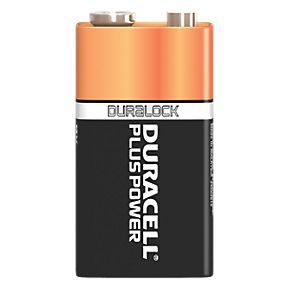Unfortunately, the perfect power supply system doesn't exist yet. However, powering an Arduino is simple. You have to main options 9V for standard "full size" Arduinos (such as the UNO that you mention), although you could go for the low voltage 3.3V options.
Covering just the 9V option, from the Power section of Arduino Uno:
Power
The Arduino Uno can be powered via the USB connection or with an
external power supply. The power source is selected automatically.
External (non-USB) power can come either from an AC-to-DC adapter
(wall-wart) or battery. The adapter can be connected by plugging a
2.1mm center-positive plug into the board's power jack. Leads from a battery can be inserted in the Gnd and Vin pin headers of the POWER
connector.
The board can operate on an external supply of 6 to 20 volts. If
supplied with less than 7V, however, the 5V pin may supply less than
five volts and the board may be unstable. If using more than 12V, the
voltage regulator may overheat and damage the board. The recommended
range is 7 to 12 volts.
You should probably also take a look at Power Supplies, in particular the section on Batteries and cells, also from the following section Voltage conversion and regulation, it states:
In a very simple scenario, you connect a disposable 9v battery
(probably one of the (approx) 4cm x 2.5cm x 1.5cm units with two snap
connectors on one end) to your Arduino, and the Arduino's built in
voltage regulator takes care of reducing the voltage to a consistent
5v or 3.3v, depending on the sort of Arduino you have.
So you have a couple of choices regarding 9V, either the P9 cell

or a pack that holds six 1.5V AA or AAA batteries.
You may find this link, How to run an Arduino (clone) on (AA) batteries for over a year – part 2, an interesting read. Here the chap uses four AA batteries, which only gives 6V, to power an UNO:

I have just highlighted some information, you should take the time to read the links fully, and google for more information.
Regarding the servo motors, more current may be required. You can use the same four AA battery pack, thusly:

but the capacity of the batteries may leave something to be desired, especially if you use rechargeable batteries (which in today's eco-concious world, you should), so you may require something more hefty. A quick google will show you the options available.
Addendum
The video Flite Test : RC Planes for Beginners: Batteries and Safety - Beginner Series - Ep. 7 is an extremely useful video tutorial about LiPO batteries for RC projects.



